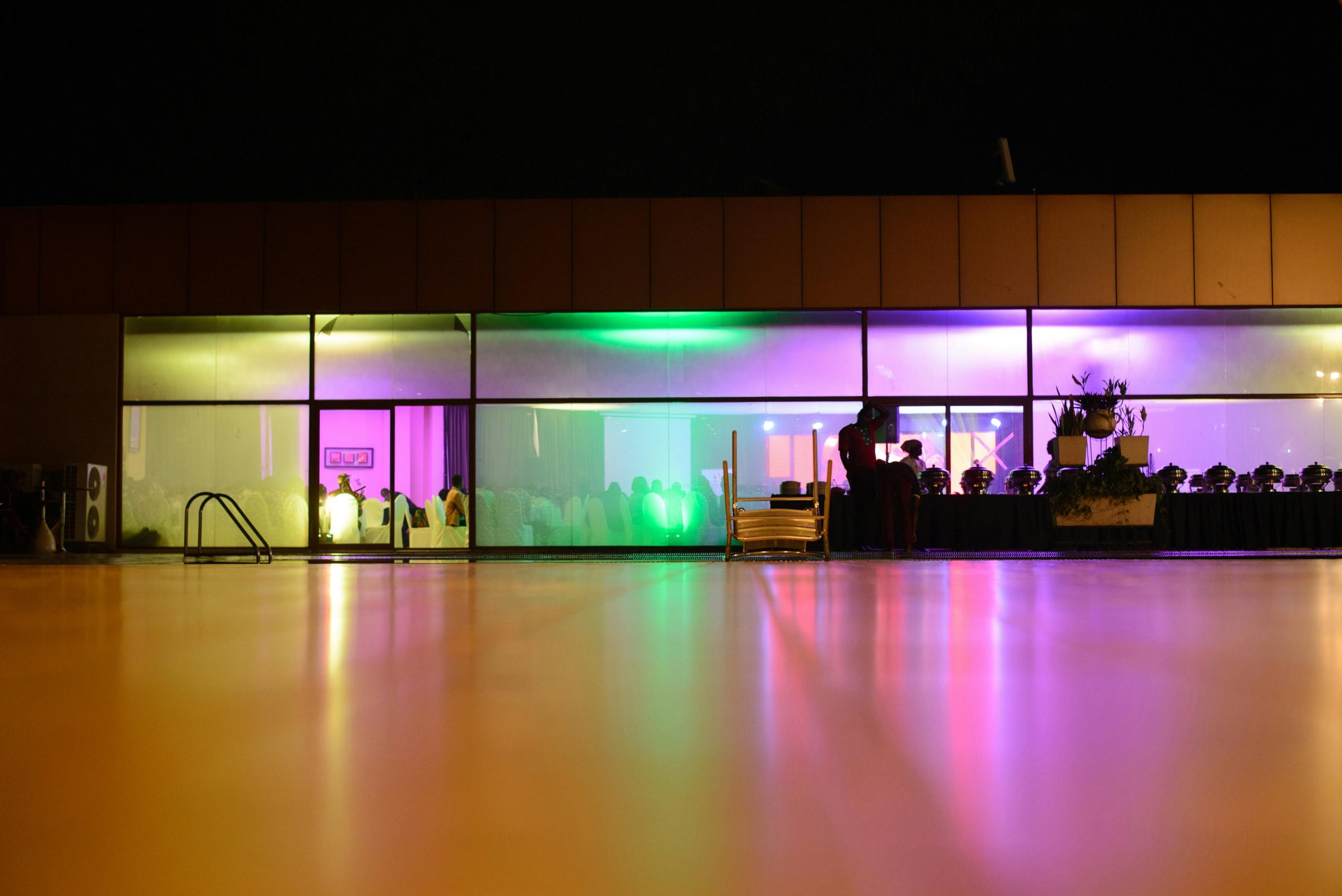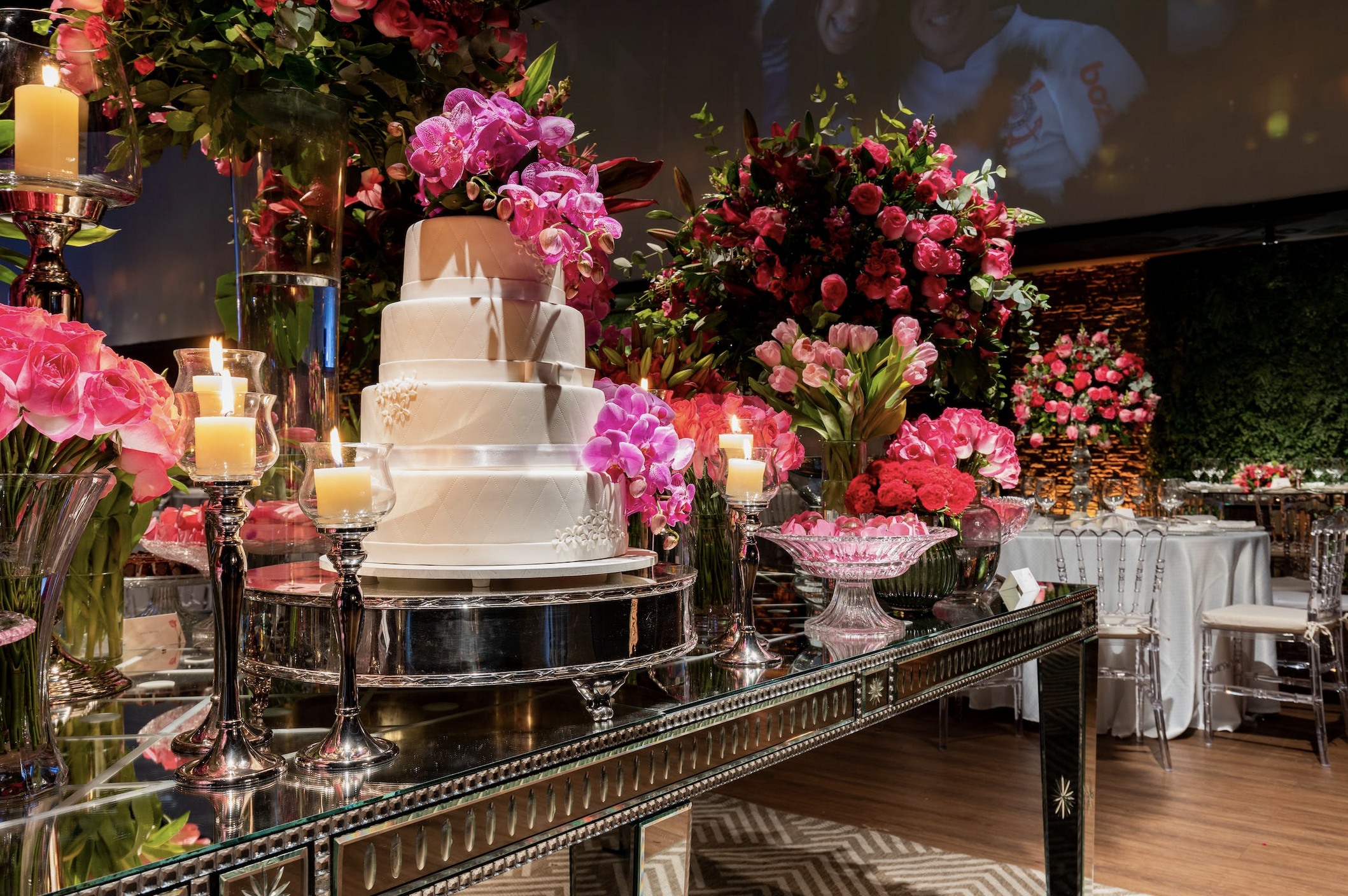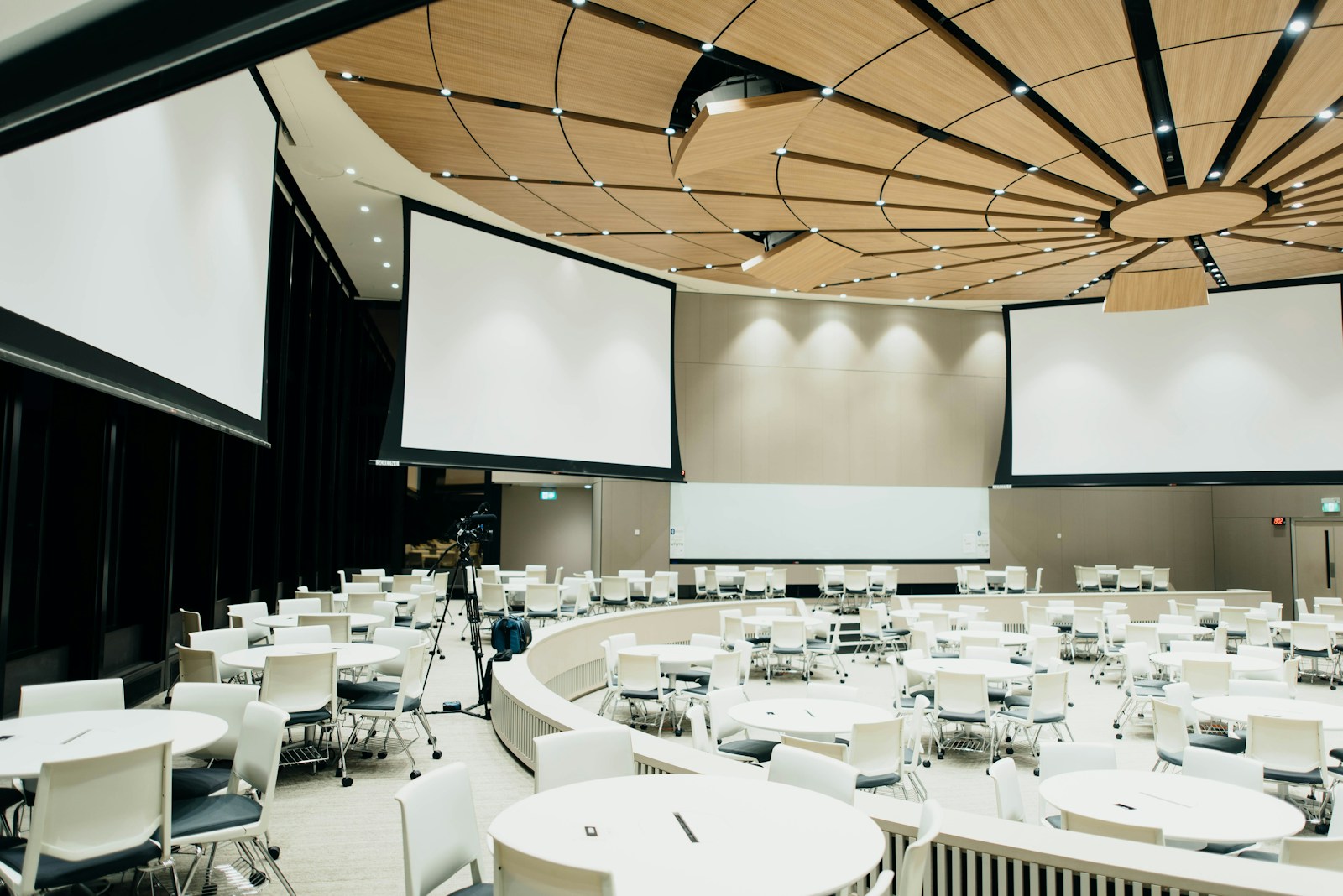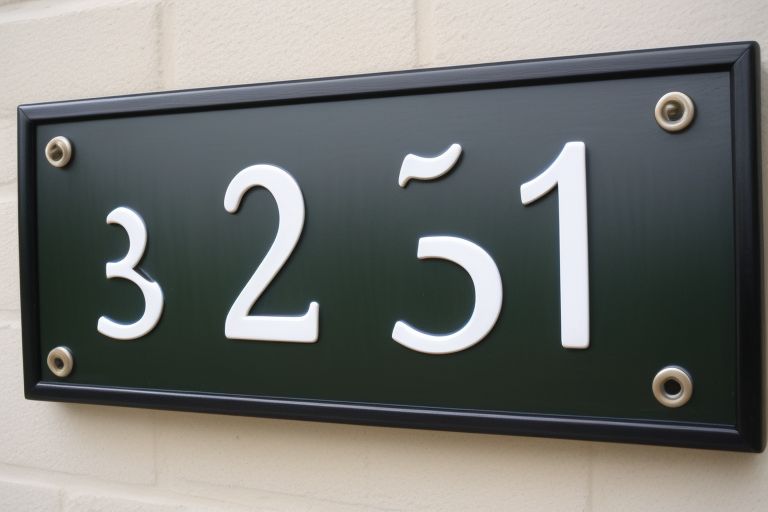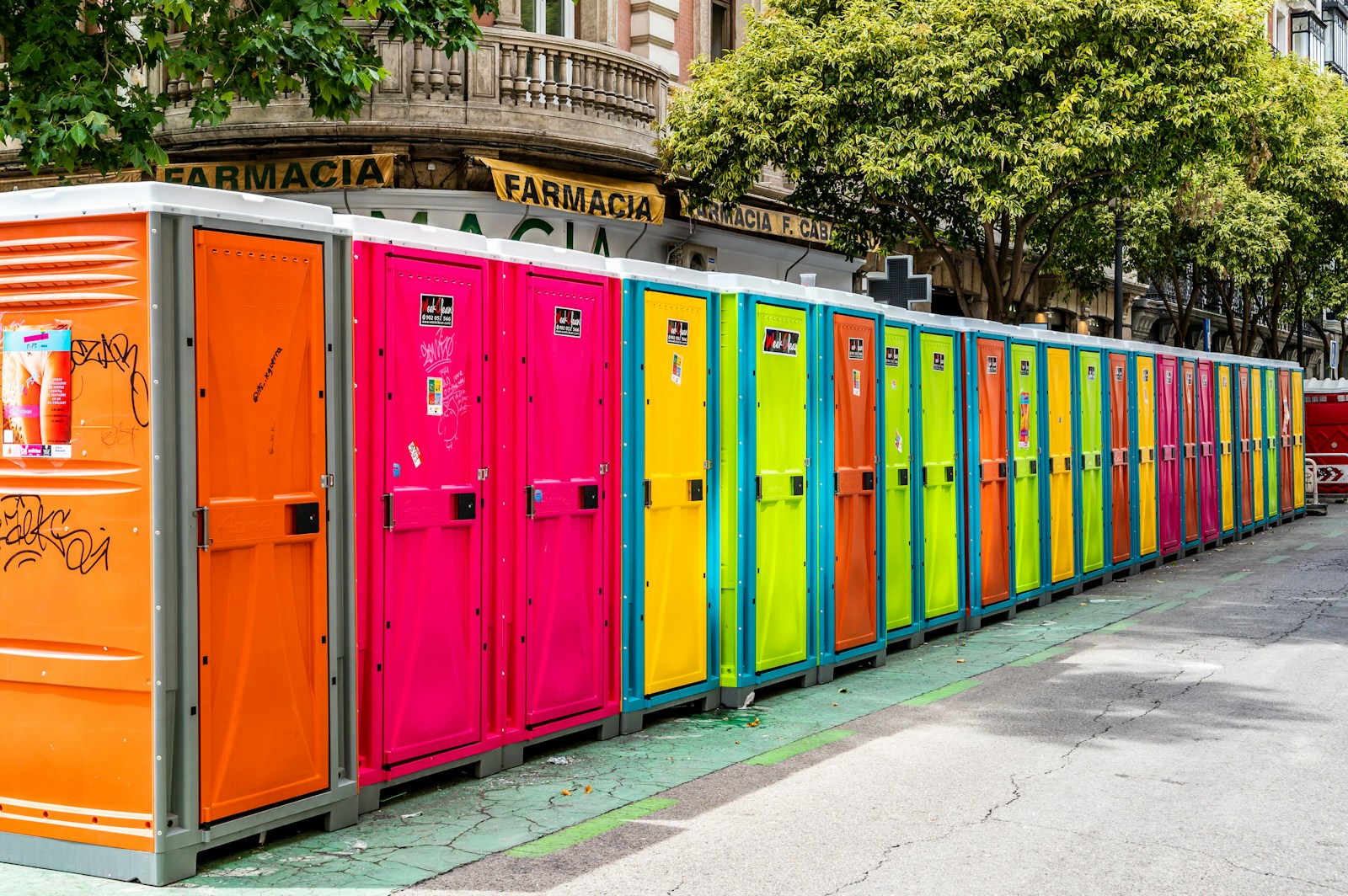In recent years, trade show marketing has witnessed a notable surge in popularity. This growth trend is set to continue, expanding across major economic regions such as Europe, the USA, and emerging markets in the Middle East and Asia. Businesses leverage this platform to showcase their offerings to potential clients through a variety of visually appealing and interactive displays, stands, and booths. These elements must strike a balance between aesthetic appeal, ease of assembly, and portability.
This guide delves into the most popular display types in today’s industry, tailored to various budgets, target audiences, and objectives. Understanding these options can maximise your trade show investment.
Decoding Trade Show Terminology
Although often used interchangeably, terms like stands, booths, exhibits, and displays have distinct meanings. Knowing these differences is crucial for effective trade show preparation.
- Exhibition Stand: A dedicated section showcasing a company’s products or services.
- Exhibition Booth: A physical structure hosting exhibitors and their products.
- Exhibit: Refers to the items or products on display.
- Exhibition Display: Encompasses the entire presentation, including promotional materials, banners, and lighting.
In Europe, the term ‘stand’ is more common, while ‘booth’ is preferred in other regions. For clarity, we’ll use ‘booth’ with appropriate explanations.
Exploring Booth Configurations
Trade show booth layouts vary, each offering unique benefits and challenges.
- Inline Booths: These linear arrangements offer three walls for display but limit traffic to one direction.
- Corner Booths: Positioned at intersections, they offer dual access but require standout efforts to avoid getting lost in the crowd.
- Peninsula Booths: Open on three sides, they provide spacious display areas but lack storage space.
- Split-Island Booths: Similar to corner booths, they offer more space and visibility.
- Island Booths: The most expansive and costly, they provide 360-degree exposure but require significant investment in materials and staffing.
Standard Booth Sizes and Their Strategic Use
- 3m x 3m (10’ x 10’) Booths: Popular for inline or corner setups, ideal for compact displays.
- 3m x 6m (10’ x 20’) Booths: Suitable for peninsula configurations, offering more space for impactful displays.
- 6m x 6m (20’ x 20’) Booths: Best for island setups, allowing for extensive crew, storage, and high visual impact.
Diverse Types of Booths, Stands, and Displays
Trade show displays should cater to your audience while maintaining logistical efficiency.
- Pipe and Drape Booths: Feature fabric drapes on metal or plastic frames, offering a versatile backdrop.
- Panel and Frame Booths: Provide a freestanding room for diverse display options, requiring professional setup.
- Pop-Up Trade Show Displays: Easy-to-assemble graphic panels, ideal for highlighting specific products or services.
- Banner/Screen Stands: Suitable for both indoor and outdoor events, increasingly incorporating digital screens.
- Tension Fabric Displays: Lightweight and easy to transport, with customisable setups.
- Tabletop and Table Covers: Basic yet effective for small-scale events, focusing on eye-level engagement.
- Hybrid Displays: Combining various elements for a unique, cost-effective presentation.
- Truss Systems: Offer maximum flexibility and design options, including hanging elements and custom structures.
Choosing the perfect trade show booth requires a careful consideration of design, budget, and your business’s specific requirements. Familiarising yourself with the various types of booths and displays on offer can greatly improve your trade show performance, guaranteeing that you leave a lasting impression on potential customers. Whether you opt for a basic pop-up display, a modular system or a more intricate island booth, it is crucial to ensure that your selection aligns with your brand’s message and target audience to achieve the greatest impact.

